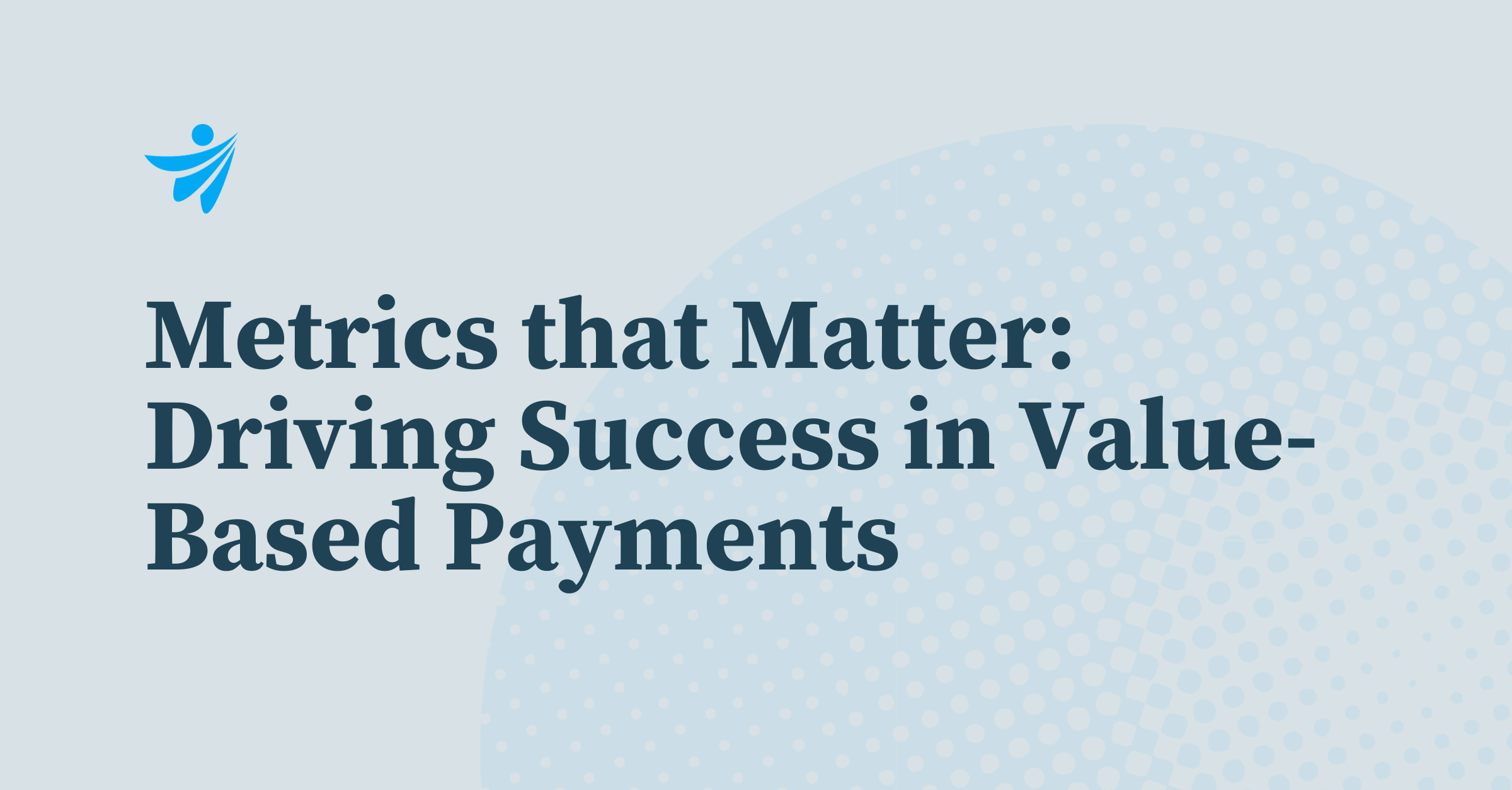
Quality
Oct 25, 2023
Value-Based Care | February 13, 2023
In this Q&A, Dr. Vigil discusses why she’s so passionate about the value-based care model, why data matters so much, and the role technology plays in value-based contracts. Can you share an example of how a value-based care model can address barriers to patients receiving care? When I was a practicing physician, I worked at a Medicaid clinic. Every time it would rain, we’d have a slew of cancellations. When we performed a root cause analysis and measured patient outcomes, the number one opportunity that we identified was that if we could have patients keep their appointments, we could address more of the barriers they have to access care. Pre-rideshare and pre-rise of telehealth, we identified that providing taxis to the clinic would help get our patients in the door. We were able to get the funding on the promise that we could show that it was cost-effective. We found that patients were more likely to adhere to their care and treatment programs over time, weren’t missing appointments were getting their prescriptions refilled, and avoiding preventable visits to the ER. This solution wasn’t clinical, but it addressed the underlying cause of what drives the advancement of disease and illness. That’s where value-based healthcare can play an impactful role today and in the future. If you know what your patients need and how you can provide them with what they need, that’s the most effective and impactful way to control their health conditions and prevent or stop the advancement of the disease. How can a provider harmonize and align across all the value-based programs, even within Medicare? Here’s what I think providers should focus on: By doing this, you can solve a lot of what value-based care is inherently trying to achieve. Then, create a financial model or incentives (whether it’s a contract or partnership) that’ll be successful for patients and your organization. Why is data so important in value-based care? When data is standardized and available to you for analytic use — like benchmarking or comparing yourselves to others as it relates to performance on cost utilization and quality — you need a robust, big data set. That’s what will give you the accuracy, confidence, and trust to look across different providers to see what you’re being compared to. With data, you can understand the complexities of the care patients receive and the complexities of care that’s being delivered. You’re able to accurately pinpoint what a patient needs and to act on that with enough time to improve their outcomes. You can’t do that with imperfect, incomplete, or inconsistent data. Can technology align incentives and drive better clinical and financial performance? The contract itself between the payer and provider can be enabled with technology so that both can see how they’re performing to influence results. That timely interaction with information and the ability to glean insights from the data to interact with patients and influence their outcomes is ideal. Analytics, data, and technology enable all of this to be possible — to create a two-way conversation between payers and providers to administer value-based care. How do you solve the fragmentation for a provider who has a dozen different health plans and 50 or more different value-based processes and KPIs they need to meet? This is a big challenge. The contracting process is so fragmented. We need a standard way for contracts to be developed and delivered — where technology and data can allow a contract to be neutral, trusted, and independent — a way for payers to interact with providers and vice-versa with a single source of truth to enhance value-based care. Contracts designed today don’t typically think about what’s best for the patient or how to effectively administer cost. At Clarify Health, we’ve developed an innovative contracting solution, about how to improve the efficiency and effectiveness of health care. Contracts should be agnostic to payers and providers and would eliminate a lot of administrative financial burden. Can value-based care improve equity in healthcare? Value-based care models have the potential to improve health equity, but the first step is to understand where health inequities exist. It’s important to know where the vulnerabilities are across your patient populations and the barriers your patients face to accessing care. For example, I know of an ER physician who said that parents would bring their children to see her because their children had abdominal pain. Over time, she learned that the abdominal pain wasn’t biological — children in the community were hungry and underfed. Examples like this are common and create an opportunity to develop partnerships with grocery stores and community food programs to address hunger and ultimately avoid unnecessary doctors and hospital visits, at a fraction of the cost of one ER visit. Improving resources, creating processes, and developing procedures that start to address the underlying causes of disease is the most effective way to advance health equity in the U.S. Clarify Health’s award-winning Value Solution is the only end-to-end software that enables providers to connect the dots between clinical performance, financial impact, and incentives to boost payer-provider collaboration and transparency to help change the way that providers make decisions. Dr. Ines Vigil is the senior vice president and general manager of Provider Solutions at Clarify Health. She was previously the vice president of Advanced Analytics at Priority Health and vice president, PCMH Innovation & Data Science at CareFirst BlueCross BlueShield.Q and A with Ines Vigil, MD, MPH, MBA, FACPM, senior vice president and general manager of Provider Solutions at Clarify Health
Clarify Health’s Value Solution